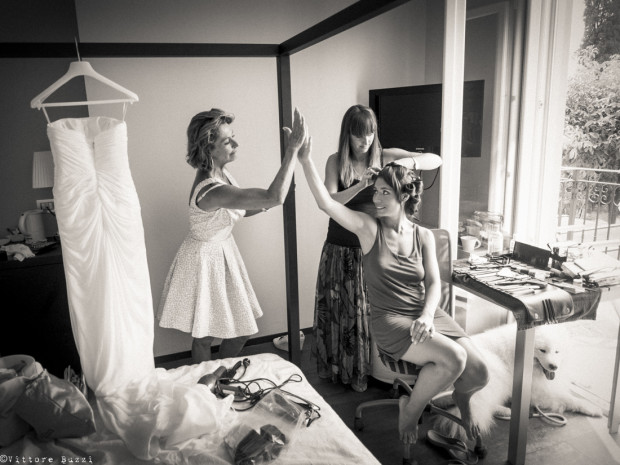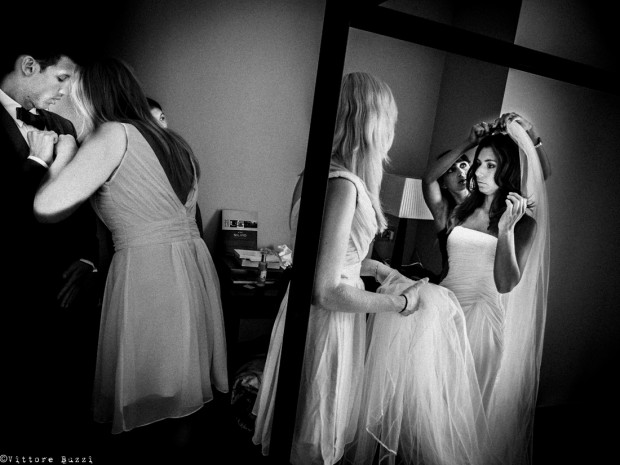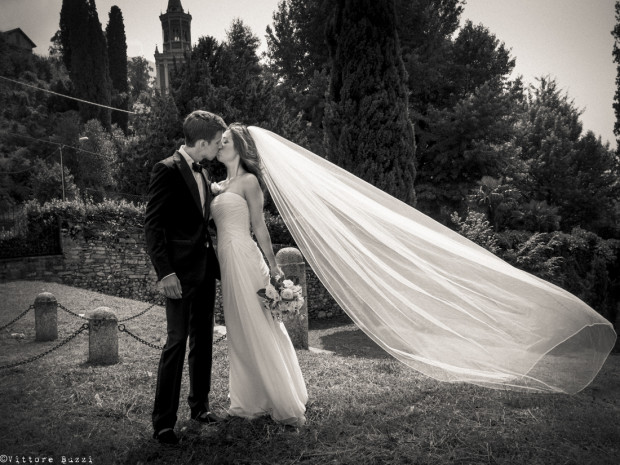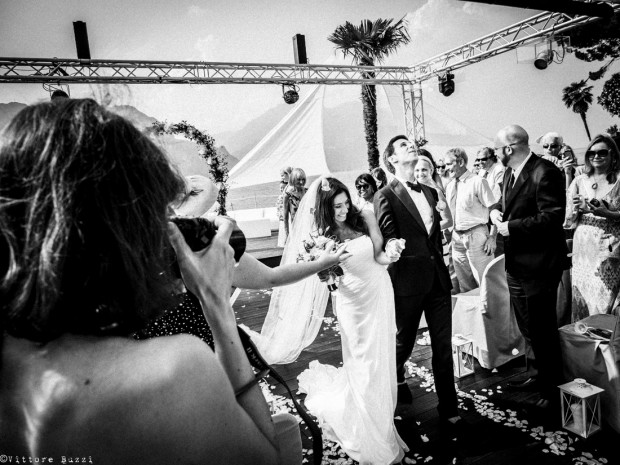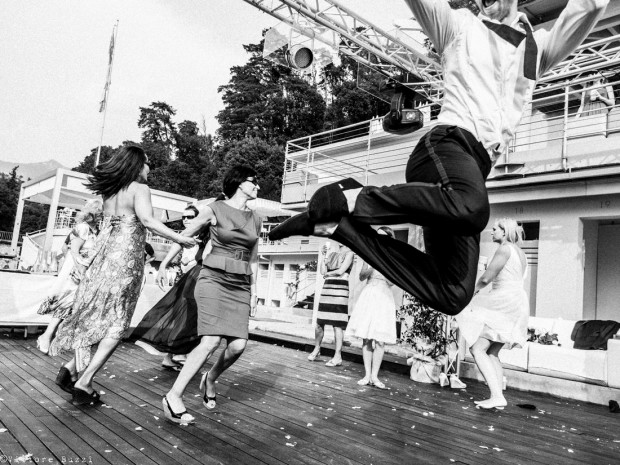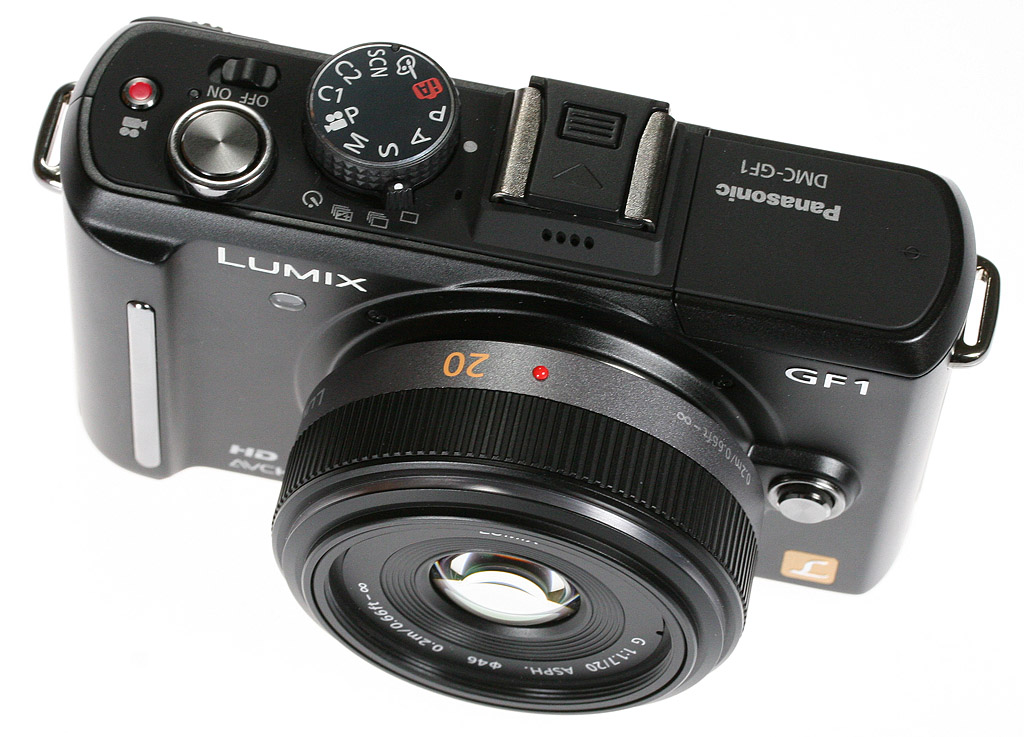What: M43, Micro 43, Panasonic, Olympus for wedding photography
I started to shoot wedding with M43 cameras back on the 2012. I use Olympus cameras, two OM-D E-M1 and a variety of lenses, most of them Panasonic Leica. The cameras are great, robust and quick and lenses are super and, most of all batteries last for more than 800 shots. Now in 2016 the sensor seems to be a little bit out of date. My perspective it’s not the one of a crazy guy looking at pixels but the one of a professional photographer working to earn his bread through wedding photography.
So first we look at the good things about Micro 43 and then we look at what it is not working, those are personal thoughts.
AF for Wedding Photography with Olympus and Panasonic
Single Af it’s great both with OM-D Em-1 and Panasonic GH3 (I use it for one wedding when Panasonic borrow me the camera) it’s very close to Nikon, and of course there are some plus: 1) The focus is on the sensor so no back or front focus 2) With the tilt or articulated and touch screen you can easily work in perspective that are really great creating nice images.
Continuous AF with Olympus is not acceptable but I do not use it I did not tried Panasonic but with the new cameras (GH4 and GX8) a lot of people say that it’s greatly improved.
It’s time to get something new, Sony with his new A6300 showed to the world that right now Electronic viewfinder and AF are really better than DSLR. I have the sensation that Olympus is not looking anymore to the professional world, it seems that they preferred the enthusiasts they are more profitable and less demanding.
Lenses
There are a lot of good lenses quick fast and well built it’s a system, I slightly prefer the Leica Panasonic because they are insuperable on skin toning but in the last few years a lot it’s happening and Nikon, Canon, Sigma and Fuji started to build lenses for professional at f 1.4 and this kind of approach let the professional wedding photographers to have a lot of choices, Sony it’s starting now. Micro 43 professional weddings photographers are waiting for something more luminous (1.2 or 1) for two distinct issues: 1) We need to fill a little bit the gap on noise and low light 2) Depth of field, we need to blurry a little bit more.
Panasonic and Olympus have a lot of lenses that are too similar they did not diversificate and now I’m a little bit tired to wait for something new… Something professional for wedding. I will need 12mm and 25mm really fast. Also Olympus zoom the 7-14mm f 2.8 is too big and not the right lens for wedding it’s too big and too wide. Wedding photographers prefers something like 9-18 but faster than the old 4-5.6.
Sensors
Let’s be serious physics it’s physics with M43 you will stop at 3.200 ISO, I do not know but here it’s important to do something interesting, Oly and Pana must think out of the box and they have to find something to have usable files up to 6.400 ISO, I do not need more pixel but more low light capability yes. Is there anybody listening? Fuji is doing right… Now everybody can shoot up to 12.800 and more with Canon,Nikon, Fuji and Sony.
Flash
The Olympus FL600R is acceptable, not as quick as DSLR but acceptable. It’s time to fill the gap, but it’s seems that Olympus it’ looking to enthusiasts, the new PEN F it’ gorgeous it’s a design object nothing really new under the hood.
VIDEO
Look at Panasonic…
Double Slot
Wedding professionals we’ll love it.
Assistance
Coming from Nikon here the gap it’s an ocean… It’s time to start a program for professionals, if you want professionals.
Future
The future is uncertain but I started to evaluate Sony and Fuji and also Nikon with his little D750 and really light 24mm f 1.8… It could be that for the next season I will have a new camera and sadly I will not be a Micro 43 unless something new and unexpected will appear soon. Sony and Fuji seem to take a serious look to the professional world and so I do I to their systems.
Those are personal thoughts on M43, Micro 43, Panasonic, Olympus for wedding photography. This is the perspective of a wedding photographer actually using this gear. No pixel peeping but real wedding consideration.














